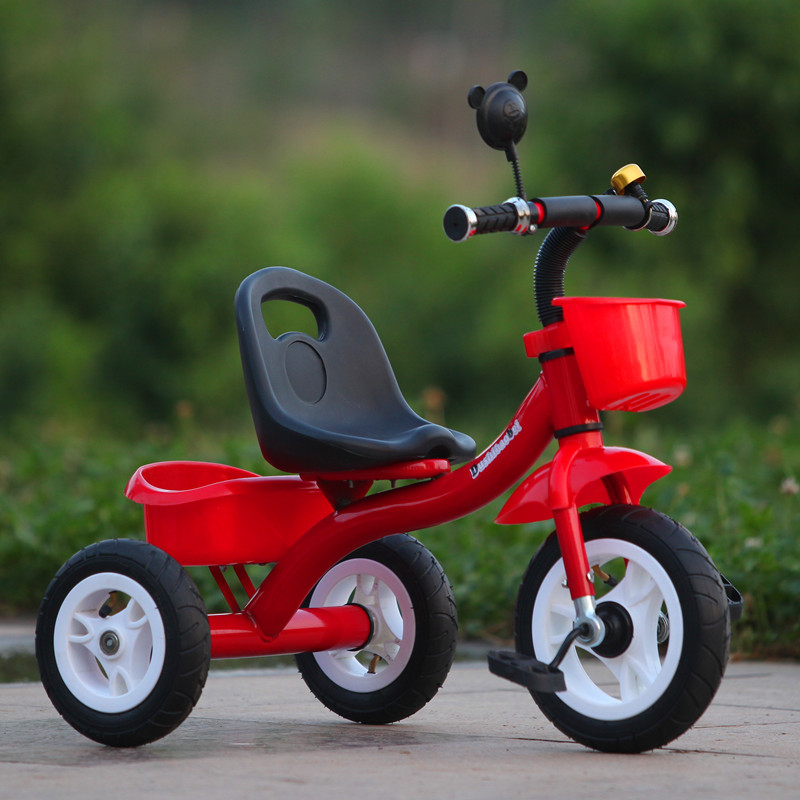
Title: The Role of Riding Machines in the Development of Fundamental Motor Skills
Riding equipment plays a critical role in children's gross motor development by providing opportunities for physical activity, coordination, balance and spatial awareness. From tricycles to balance bikes to scooters, each type of riding trainer has unique benefits that contribute to the overall development of children's motor skills. In this article, we'll look at the importance of indoor riding machines for gross motor development and how they support children's physical development.
-
Balance and coordination:
- Skating simulators require children to coordinate their movements and maintain balance while navigating their environment.
- Balance bikes, in particular, are designed to help children develop balance and coordination, allowing them to practice driving and maneuvering without the added hassle of pedaling.
- By learning to balance and control riding machines, children improve their proprioception—the ability to sense the position and movement of their body in space—and develop a strong foundation for more complex motor skills.
-
Muscle strength and endurance:
- Riding machines work large muscle groups, including the legs, core and upper body, to help build strength and endurance.
- Pedalling a tricycle or balance beam, riding a scooter, or pushing with a riding toy all require children to exert physical effort and use their muscles to propel themselves forward.
- Regular use of riding equipment strengthens muscles throughout the body, including the quadriceps, hamstrings, calves and core muscles, resulting in increased overall muscle tone and endurance.
-
Awareness of space and depth:
- Riding trainers develop children's spatial awareness and depth perception as they navigate their surroundings and judge distances and obstacles.
- By rolling on different surfaces and terrain, children learn to adapt their movements and adjust their balance and speed accordingly, honing their spatial awareness.
-
Engine planning and execution:
- Ride simulators require children to coordinate and execute motor actions such as pushing off, pedaling, steering and braking in a coordinated and sequential manner.
- Riding trainers teach children to anticipate and respond to changes in their environment, such as obstacles, turns and inclines, which helps develop their ability to plan and execute movements effectively.
-
Self-confidence and self-efficacy:
- Mastering riding equipment improves children's confidence and self-efficacy as they gain the skills to control and maneuver their equipment.
- Successfully riding a tricycle, balance beam, or scooter gives children a sense of accomplishment and pride in their abilities that translates into other areas of their lives.
-
Social and emotional development:
- Rides provide opportunities for social interaction and cooperation as children ride together, take turns, and navigate shared spaces.
- Outdoor play and indoor physical activity promote social connection, teamwork and emotional well-being, fostering positive relationships and a sense of belonging.
In conclusion, children's riding vehicles play a vital role in children's gross motor development by providing opportunities for physical activity, coordination, balance and spatial awareness. By regularly riding horses, children strengthen their muscles, improve balance and coordination, and develop essential motor planning and execution skills. In addition, riding equipment promotes children's confidence, self-efficacy and social-emotional development, laying the foundation for a lifelong healthy and active lifestyle.






